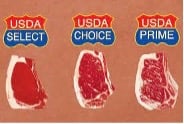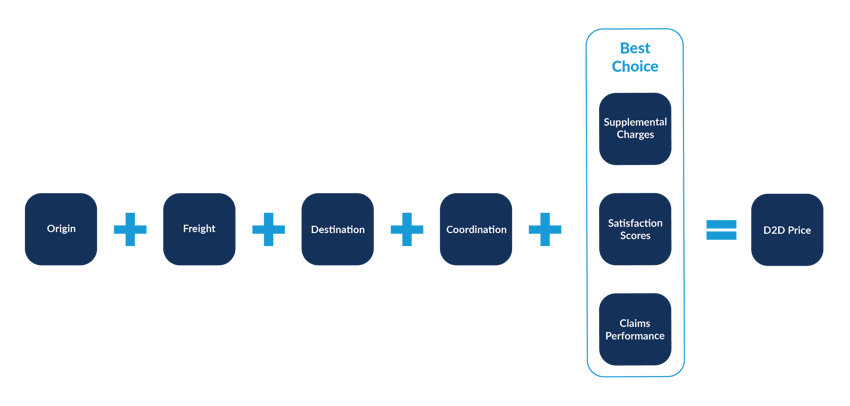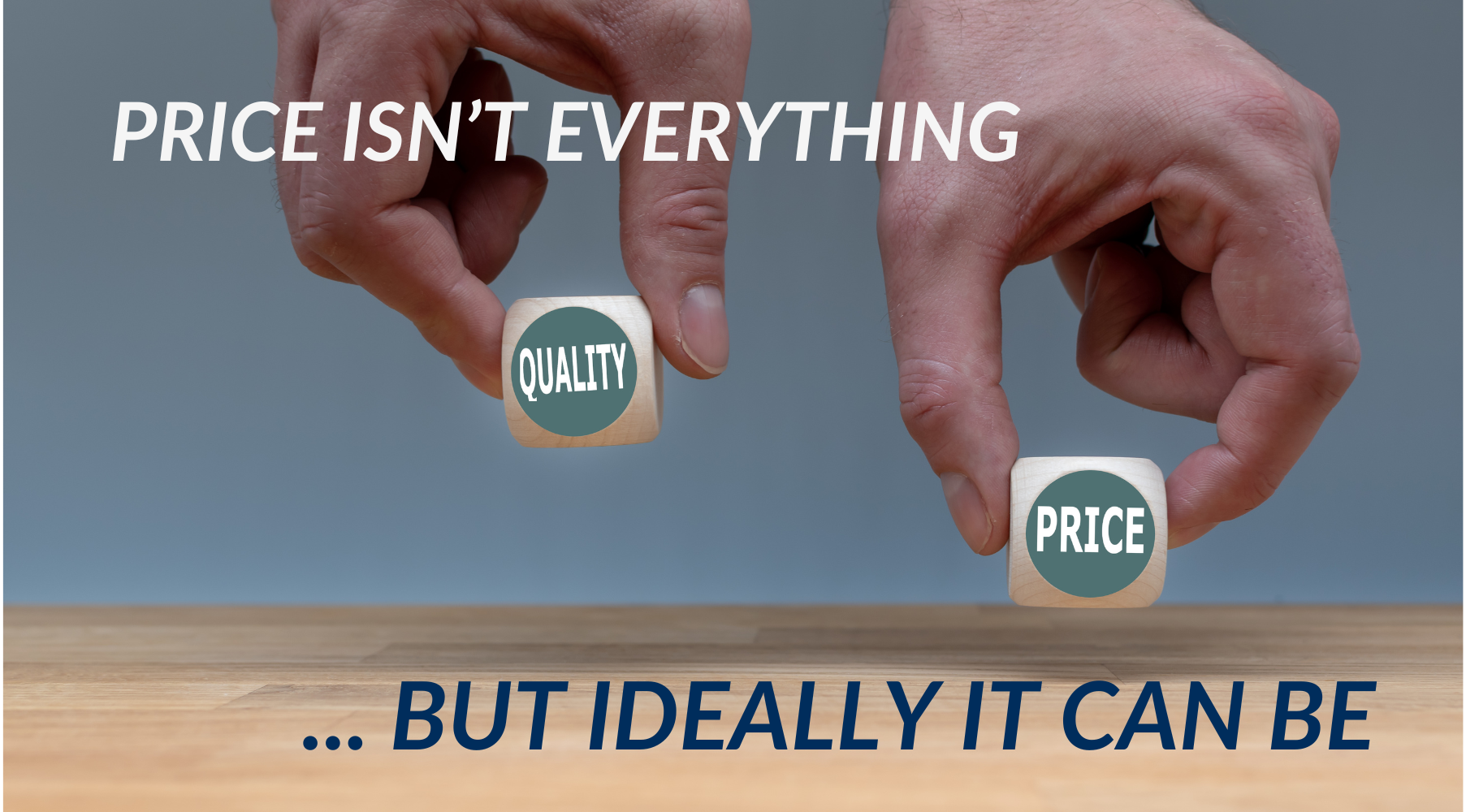Sep 20, 2023 Price Isn’t Everything… But Ideally It Can Be
By Ryan Keintz
In an efficient marketplace, the price of an item is indicative of something more than simply dollars and cents. Price can also signal quality. Consider what you would expect to pay for a Toyota vs a Lexus. Both brands are produced by the same company, but you wouldn’t expect to pay Toyota prices at a Lexus dealership. Likewise, the air travel industry offers clear distinctions between cost vs quality, initially in the form of first class vs economy, but there are a growing number of criteria such as business class, basic economy, comfort-plus, premium rows, priority boarding, etc. It’s tech platforms that have opened the door to these finer distinctions of cost vs quality, efficiently translated to price for the consumer.
Comfort costs ... what's it worth to you?
The moving industry has lagged behind with its unique set of challenges in market inefficiency that result in lose/lose for both customers and service providers, making it very difficult for move purchasers to judge the correlation between cost and quality. To begin with, suppliers don’t like being “commoditized” with inferior competitors (more on that below). Meanwhile, given the high cost of moving services and because quality is poorly quantified in the moving industry, many customers try to save money by choosing shady or outright fraudulent moving companies. Without a reliable signal of quality, buyers can be lured into trying to save money on the high-cost grudge purchase of moving services.
The ”Danger of Commoditization”
 Having spent over a decade on the mover’s side of the table, I appreciate the industry’s fear of becoming “commoditized”. However, that framing is a red herring which assumes all suppliers are lumped into one universal category. Rather, effective commoditization is based on sorting products into distinct categories or grades. Agricultural products, cuts of meat, electrical components, and countless other products are commodity-graded to distinguish higher vs lower quality options. Contrary to popular sentiment, this commoditization protects higher quality providers from being wrongly equated with lower quality alternatives and empowers the buyer to make a rational tradeoff between quality vs cost for themselves. But again, the problem is that the moving services marketplace is inefficient and struggles to signal quality to buyers.
Having spent over a decade on the mover’s side of the table, I appreciate the industry’s fear of becoming “commoditized”. However, that framing is a red herring which assumes all suppliers are lumped into one universal category. Rather, effective commoditization is based on sorting products into distinct categories or grades. Agricultural products, cuts of meat, electrical components, and countless other products are commodity-graded to distinguish higher vs lower quality options. Contrary to popular sentiment, this commoditization protects higher quality providers from being wrongly equated with lower quality alternatives and empowers the buyer to make a rational tradeoff between quality vs cost for themselves. But again, the problem is that the moving services marketplace is inefficient and struggles to signal quality to buyers.
PricePoint’s Best Choice Solution
So, how can we factor quality into purchasing models in this pricing landscape? Even if we have access to robust quality metrics such as satisfaction scores, how would a move purchaser balance cost vs quality? For example, if Mover A is priced $500 higher than Mover B, yet Mover B has an average satisfaction score of 4.1 stars vs Mover A’s 4.5 stars, is the higher quality score worth the higher price? We have internally dubbed this the “what’s it worth” dilemma, noting that different companies (or even different individuals within the same company) might evaluate the tradeoff differently. The same person might even be more price-biased on Monday and quality-biased on Friday. PricePoint has therefore opted to remove the “what’s it worth” conundrum, instead allowing clients to pre-program a quality-weighting into our upgraded Best Choice algorithm.
How does it work? First, we gather three quality data signals for each of the client’s suppliers:
- Claims frequency
- Claims severity
- Satisfaction scores
Simple math, multiplying claims frequency by claims severity produces an average expected claim per shipment. Using actual client data as example, following are the expected claims per shipment for one client’s panel of movers:
Mover A: $94
Mover B: $507
Mover C: $509
Mover D: $624
Mover E: $770
Our Best Choice algorithm adds these claims projections to each mover’s price at bid stage, meaning Mover A’s superior claims performance results in an average $500 price advantage on each bid.
"Don't hate the player, hate the game. Or better yet, change the rules." PricePoint has changed the move pricing game to create a level playing field and incentivize fair pricing among movers in our network.
Satisfaction score variance is treated similarly; however, unlike claims data, there is not an inherent translation of satisfaction to price. Therefore, as default setting, we treat satisfaction as being worth 10% of the client’s average shipment cost but allow clients to adjust that slider setting according to their company’s cost vs quality preference (5%, 20%, 40%, etc.) The Best Choice algorithm treats satisfaction score variance between suppliers as a proportional reduction of estimated price. So again, higher satisfaction performance translates into price advantage on bids.

Incentives are everything. As investor Charlie Munger says, “Show me the incentive and I’ll show you the outcome.” The goal of this quality-centric Best Choice upgrade is to incentivize and reward quality, weighted according to each client’s preferences. This empowers suppliers to distinguish themselves by quality, while efficiently conveying that quality signal via price.
Founder and President. After a career pricing for the largest international movers, Ryan observed that price manipulation was a more critical success factor than customer service or logistical expertise. He created PricePoint to fix a broken system.



